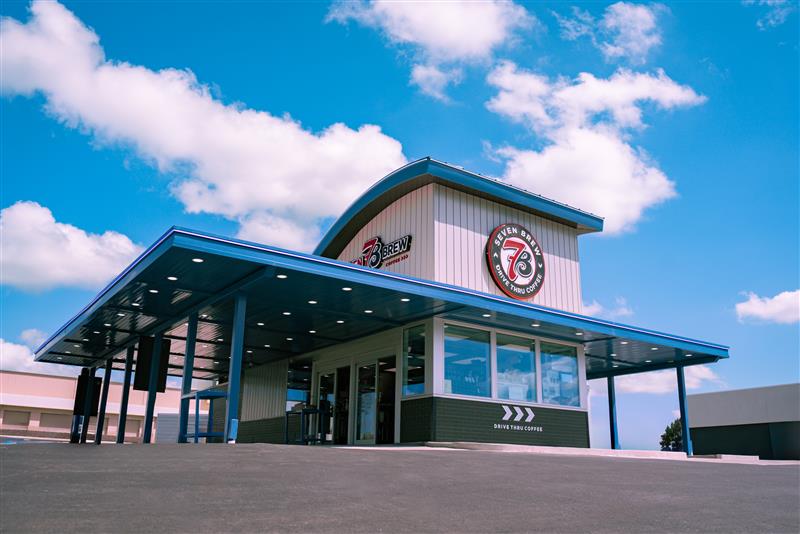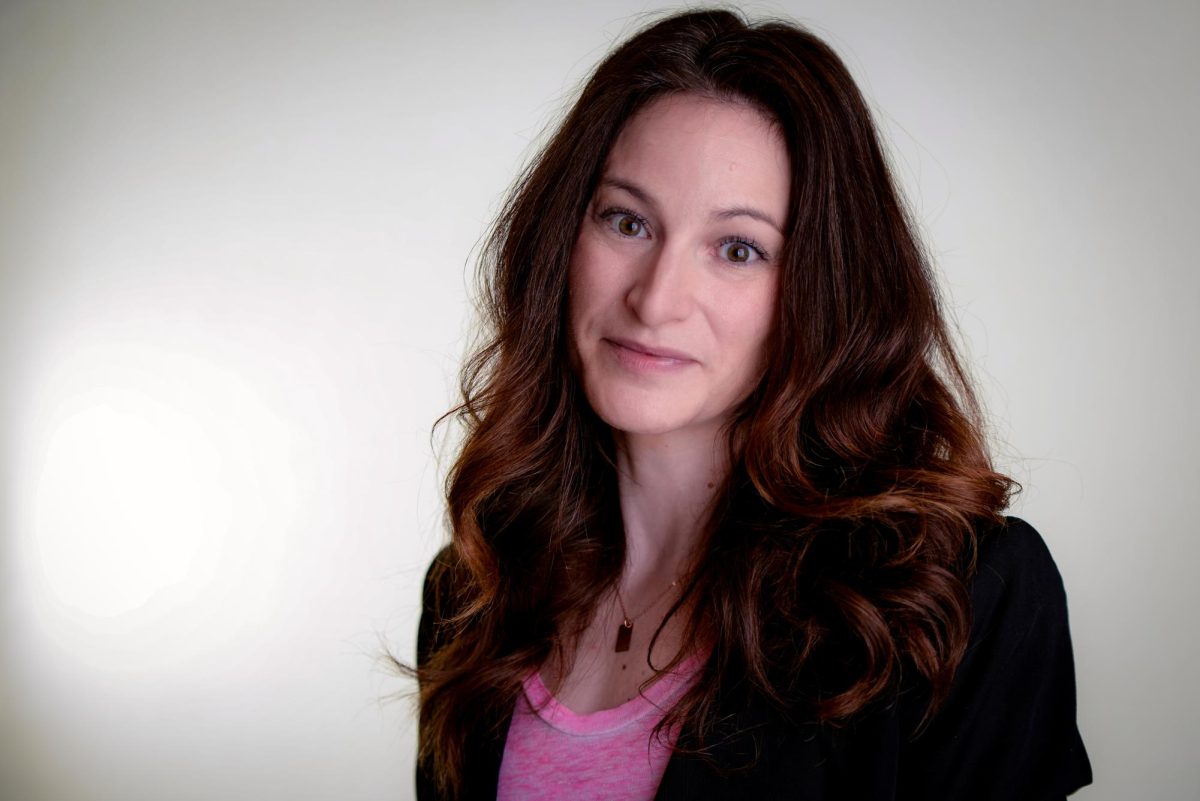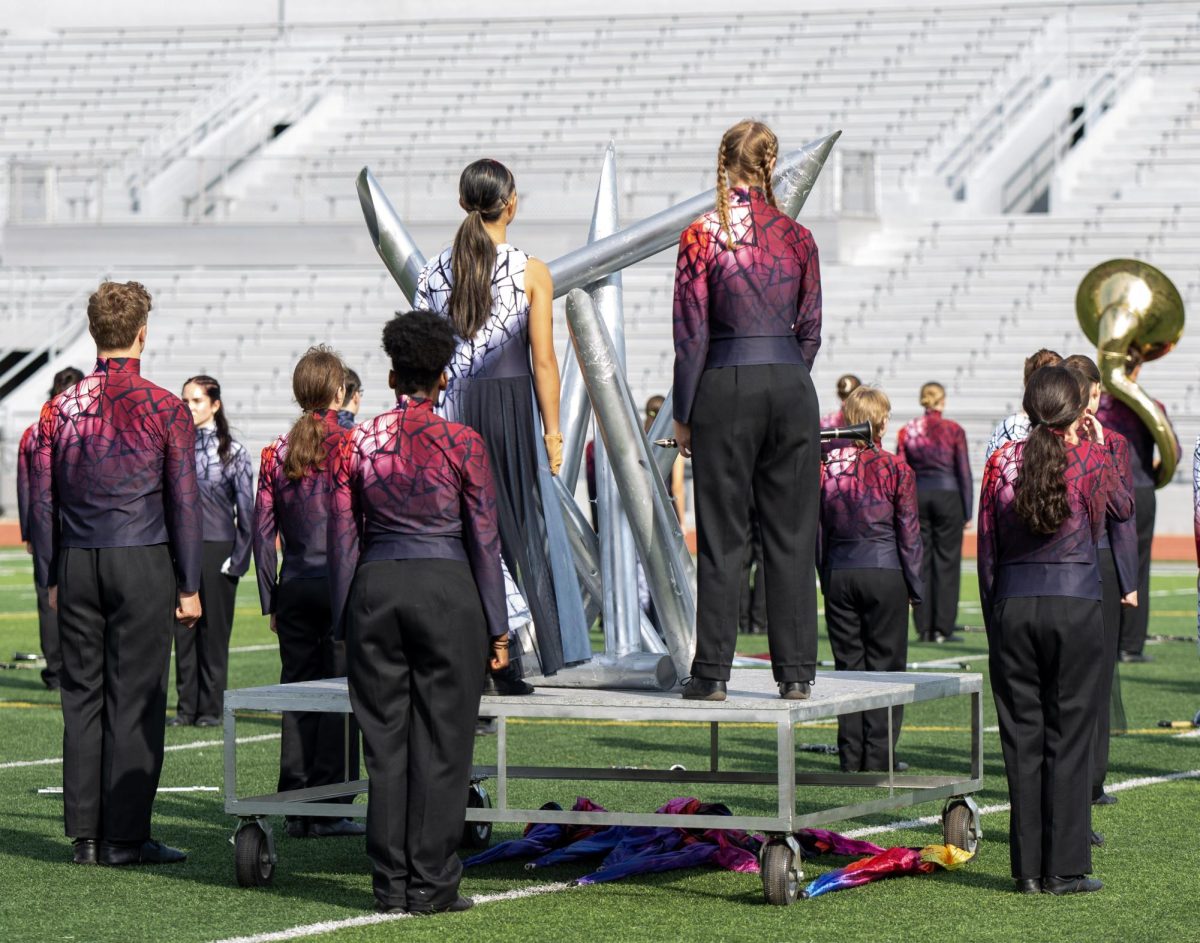A Charged Removal of Teachers’ Appliances
Quick access to warm coffee could be a thing of the past for Kennedy teachers.
March 4, 2022
Author’s Note: I reached out to CRCSD for an interview, but they did not respond by the publication date.
Everyday appliances in classrooms have been used by teachers and students for years, whether to perk a teacher up with a cup of warm coffee or give students a place to refrigerate their lunches.
Now, the CRCSD’s revised energy conservation policy is putting an end to this. As of Jan. 1, 2022, teachers are no longer allowed to keep microwaves, coffee makers or mini-fridges in their classrooms. The policy also specifies fish tanks, box fans, space heaters, toasters, hot plates, cup warmers, popcorn poppers and aroma devices as other banned appliances.
The news came as a shock to many teachers, who received the news on May 26, 2021 in an email about building updates. Access to personal appliances was something most teachers took for granted.
One user of classroom appliances was math teacher Kathryn Hrubes, who kept a microwave and mini-fridge in her classroom. She used both during her lunch break.
“Right now, I bring frozen dinners for lunch. I’ll probably just bring sandwiches from now on,” Hrubes said. “I like to heat up my coffee—it’s kind of a nice perk to have a microwave in here. And so, I don’t know what I’ll do there, because no thermos could keep coffee warm all day.”
The solution proposed by the school district lies in new common spaces spread throughout schools. These spaces are outfitted with full-size fridges, microwaves and coffee makers for any teacher to use. Common areas are now the only places staff can access these appliances.
Each school’s administration was responsible for finding new spaces for teachers on a district-provided budget. Kennedy has two new spaces so far: one in the lower IMC and one in the main office, plus the original lounge on the first floor.
The three spaces available are all located on the first floor close to the center of the building, leaving teachers on the south end and second floor of the school without nearby appliances. Kennedy administration has struggled to find suitable spots for more common areas.
“Our big problem with this building, as you may notice, is that we don’t have a whole lot of just empty space. There’s not a lot of empty classrooms in this building because we’re pretty full,” said Principal Jason Kline.
Though no place has been chosen, Kennedy administration has focused on searching for a south end common area location. Without one close by, south end teachers may have to store their lunches far from their classrooms, shaving time off their lunch breaks. Without quick access to appliances, teachers could be forced to abandon using them entirely.
Common space savings have a setup cost to offset. The two refrigerators purchased for the main office and IMC are three-door stainless steel Samsung fridges which cost $1,799.99 each. The microwaves cost $179.99 each, and the coffee makers were $149.99. Overall, the cost of Kennedy’s new shared appliances surpassed $4,250, excluding shipping.
Both Hrubes and Collin Hollander, social studies teacher at Kennedy, questioned the energy advantage of removing classroom coffee makers and microwaves.
“I understand the fridges because those are constantly using power,” Hollander said. “Keurigs I don’t understand because … it only pulls power when it’s turned on, so when it’s not on, it’s not using any electricity.”
Does consolidating microwaves in a building actually save energy? No. The same amount of energy is used overall. Energy is only saved when teachers stop using microwaves altogether.
A mini-fridge can use anywhere from 50 to 100 watts (W) per hour. The average cost of energy in residential Iowan areas is 14.59 cents/kWh, according to the U.S. Energy Information Administration. The cost of running one mini-fridge for a year in Cedar Rapids lies between $63.90 and $127.81 (using 438 and 876 kW of power respectively). An average 75 W mini-fridge draws 657 kW in a year, totaling $95.86.
On the other hand, microwaves and coffee makers draw much less energy. An average 1200 W microwave, used for five minutes every day, costs a grand total of $10.43 per year for 71.54 kW of power. An 800 W coffee maker, also run five minutes per day for a year, costs just $4.83 for 33.09 kW.
Some districts, like Iowa’s Keokuk Community School District, allow teachers to pay a fee to use appliances in their classrooms, according to Mississippi Valley Publishing. Keokuk teachers must pay $10 per month to use a mini-fridge, $12 for a space heater and $3 for a coffee pot or microwave. Teachers in the CRCSD do not have the option.
“I think that it is a small thing that is a nice perk for teachers and to take it away seems to me like there’s not an appreciation for teachers and their schedules,” Hrubes said. “We can’t make phone calls during the day like other professions. … We have to be in the room with the students, and it’s difficult to even go to the bathroom during a class period. So, this one little thing we could put in our room to make our day a little brighter is now being taken away.”
Most of Hrubes’ frustrations stemmed from the lack of replacements. Passing time simply isn’t long enough for teachers to use the shared microwaves to heat up coffee between classes.
“People out in the ‘real world’ will think that it’s just teachers complaining about something that’s insignificant, and from the outside looking in, it is,” Hrubes said. “It seems like that, but … it’s a small thing that makes a big difference in a teacher’s day.”
Despite Hrubes’ and Hollander’s dislikes of the policy, they agreed to take their appliances home as required.
“It is what it is. If that’s what they want, that’s what I have to do,” said Hollander.





























